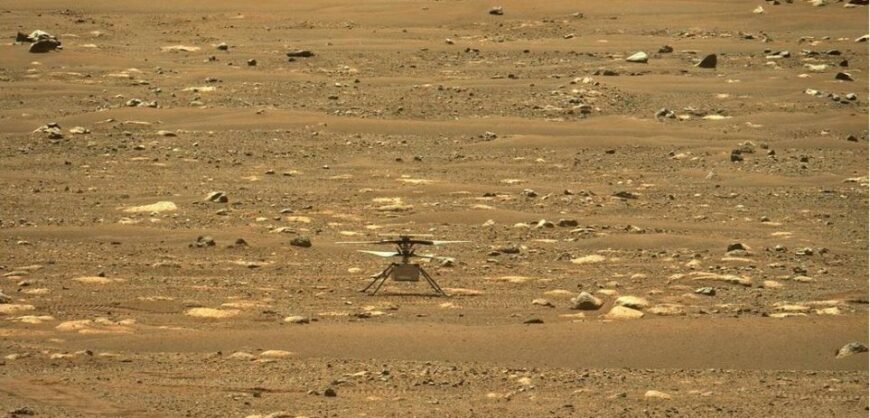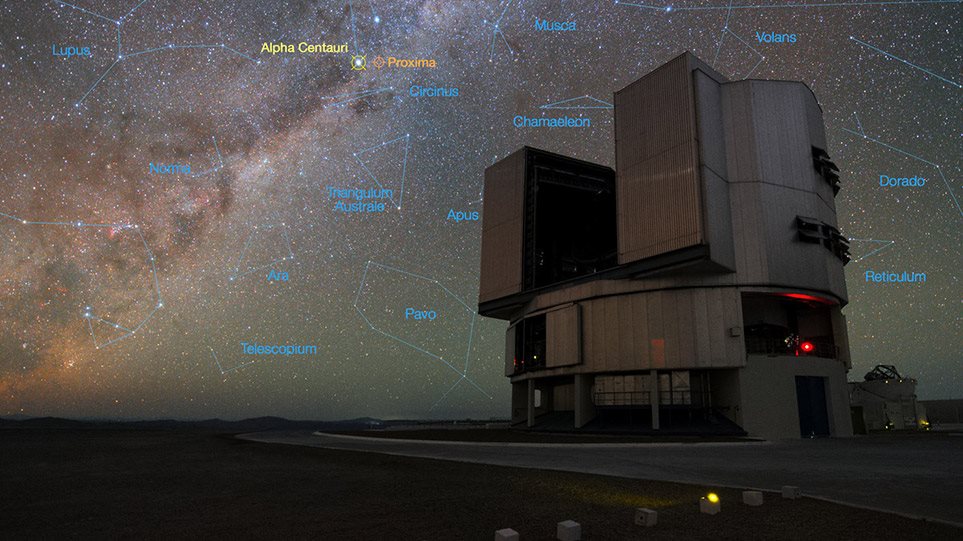On Monday April 19th at 9pm Australian Eastern standard time, the Ingenuity helicopter — which landed on Mars with the Perseverance rover in February — took off from the Martian surface. More importantly, it hovered for about 30 seconds, three metres above the surface and came right back down again.
It may not sound like a huge feat, but it is. Ingenuity’s flight is the first powered flight of an aircraft on another planet. It marks a milestone in the story of human space exploration.
While the Apollo 11 spacecraft famously touched down on the Moon, upon re-launch it simply had to exit the Moon’s gravity and return to Earth. To sustain flight within the environment of a world with no atmosphere, however, is a different story.
The now historic Ingenuity helicopter took six years to make. We can understand why, once we understand the complexities of what was required.
Milos and Tinos are the most beautiful islands, German magazine writes
Restaurants and cafes to re-open on May 4, reports say
Why local flight on Mars is a big deal
There are several technological challenges to conducting a helicopter flight on another world. First, and most significantly, helicopters need an atmosphere to fly.
The blades, or “rotors” of a helicopter must spin fast enough to generate a force called “lift”. But lift can only be generated in the presence of some kind of atmosphere. While Mars does have an atmosphere, it’s much, much thinner than Earth’s — about 100 times thinner, in fact.
Read more: The Conversation






































